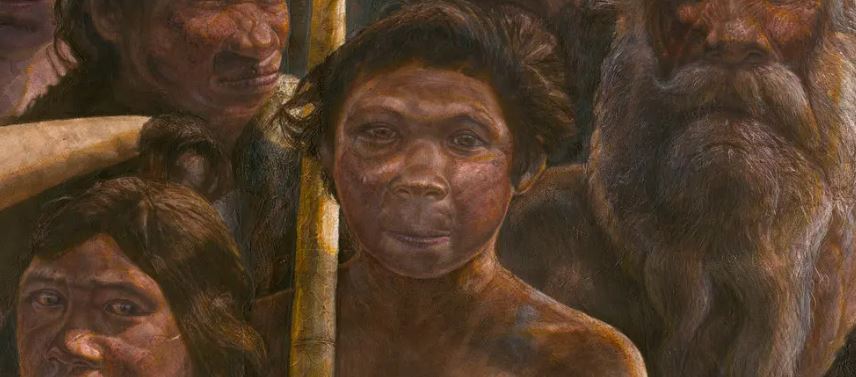In a groundbreaking revelation, thousands of bone fragments unearthed in Baishiya Karst Cave, nestled high on the Tibetan Plateau in China, are offering unparalleled insights into the lives of Denisovans. These enigmatic extinct cousins of Neanderthals and Homo sapiens, once shrouded in mystery, are now being illuminated through meticulous scientific investigation.
Denisovan Diet: A Diverse High-Altitude Feast
Analysis of over 2,500 bone fragments, utilizing cutting-edge ancient protein analysis, reveals a surprising dietary breadth. These Denisovans, adapting to their challenging high-altitude environment, hunted a diverse array of animals. Blue sheep, a species still inhabiting the Himalayan slopes, formed a significant portion of their diet, alongside formidable woolly rhinos, yaks, marmots, birds, and even the powerful spotted hyena.
Resourceful Hunters and Craftsmen
Beyond their dietary diversity, Denisovans showcased remarkable resourcefulness. Cut marks on the bones and evidence of marrow extraction and skinning point towards skilled butchering practices. The discovery of four bone tools, meticulously shaped for carcass processing, further highlights their ingenuity and ability to thrive in this demanding landscape.
Baishiya Karst Cave: A Denisovan Stronghold
Baishiya Karst Cave emerges as a pivotal site in understanding Denisovan history. Not only did it yield the youngest Denisovan fossil yet identified – a rib fragment dating back 48,000-32,000 years – but it also paints a vivid picture of a thriving community. This high-altitude haven, teeming with diverse fauna and offering relative abundance compared to neighboring regions, served as a Denisovan stronghold for potentially 200,000 years.
Denisovans: Masters of Adaptation
The Denisovans’ presence across diverse geographical locations, from the Siberian chill to the Tibetan heights and the subtropical warmth of Laos, underscores their remarkable adaptability. Their genetic divergence from Neanderthals around 400,000 years ago marks a crucial point in their evolutionary journey. However, the ultimate fate of Denisovans remains an enigma, with evidence of interbreeding with Homo sapiens but the cause of their extinction still unknown.
Key Learnings
| Key Point | Description |
|---|---|
| Denisovans thrived on the Tibetan Plateau. | The Baishiya Karst Cave findings reveal a thriving Denisovan community in this high-altitude environment. |
| Denisovans had a diverse diet. | Ancient protein analysis reveals they hunted a wide range of animals, from sheep to woolly rhinoceros. |
| Denisovans were skilled hunters and toolmakers. | Evidence of butchering, bone tool use, and resourcefulness demonstrates their adaptability. |
| Denisovans’ presence spanned vast geographical areas. | Their adaptability allowed them to thrive in diverse environments, from Siberia to Laos. |
| The mystery of Denisovan extinction remains unsolved. | While evidence of interbreeding with Homo sapiens exists, the cause of their disappearance is still unknown. |

Basant Kumar Sahoo is a seasoned writer with extensive experience in crafting tech-related articles, insightful editorials, and engaging sports content. With a deep understanding of technology trends, a knack for thought-provoking commentary, and a passion for sports, Basant brings a unique blend of expertise and creativity to his writing. His work is known for its clarity, depth, and ability to connect with readers across diverse topics.



